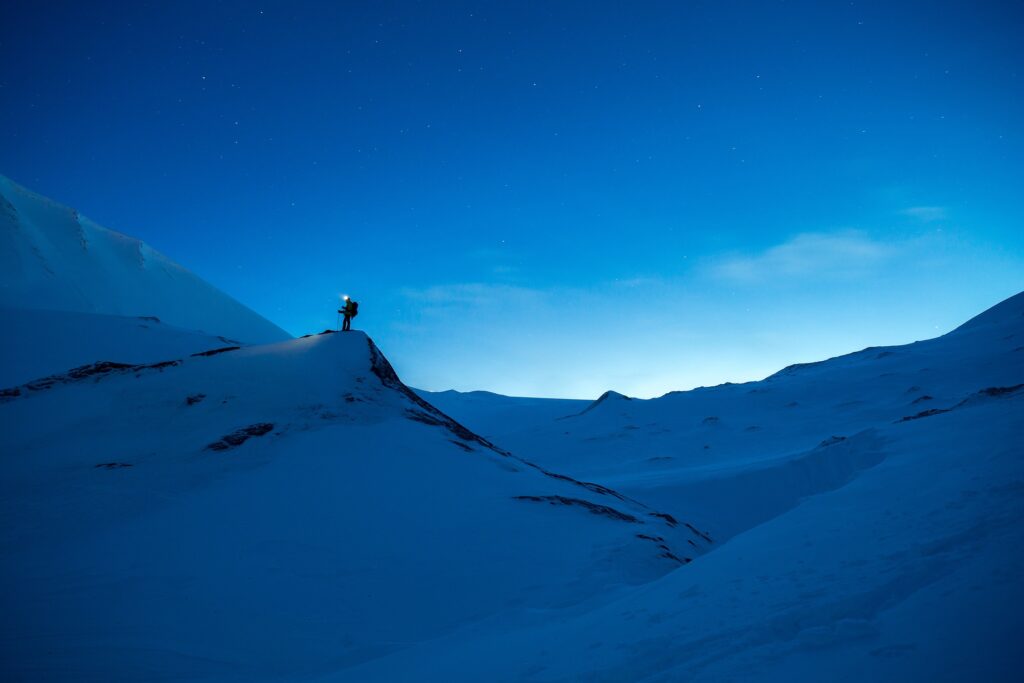The North Pole, also known as the Geographic North Pole, is the point in the Northern Hemisphere where the Earth’s axis of rotation meets its surface.
It’s an elusive and remote destination that few people have visited, but for those who dream of standing at the top of the world, it’s an adventure of a lifetime.
In this article, we will provide a guide for traveling to the North Pole, including how to get there, what to expect, and what to bring.
How to Get There
There are two main ways to reach the North Pole: by air or by icebreaker.
If you choose to travel by air, you’ll fly from a major city like Oslo, Norway, to Longyearbyen, Svalbard, and then take a small plane to a Russian ice camp.
From there, you’ll board a helicopter that will take you to the North Pole.
Alternatively, you can travel by icebreaker, which will take you through the Arctic Ocean and allow you to disembark at the North Pole.
When to Go
The best time to travel to the North Pole is during the summer months, from late June to early August.
During this time, the ice conditions are optimal, and the sun never sets, providing 24-hour daylight.
However, keep in mind that temperatures can still be very cold, ranging from -10°C to -30°C.
What to Expect
Traveling to the North Pole is not for the faint of heart. It’s a remote and challenging destination that requires physical fitness and mental toughness.
You’ll be traveling in extreme conditions, with no permanent settlements or infrastructure.
You’ll sleep in tents or on board the icebreaker and be exposed to cold temperatures, wind, and potentially rough seas.
What to Bring
When traveling to the North Pole, it’s essential to pack warm and protective clothing, including insulated jackets and pants, thermal underwear, hats, gloves, and warm boots.
You’ll also need to bring a sleeping bag, a backpack, and a dry bag to protect your belongings from the elements.
It’s also important to bring any necessary medications and to consult with your doctor before traveling to ensure you’re in good health.
Tips for Traveling to the North Pole
Be prepared for extreme conditions:
The North Pole is a harsh and remote destination, and you’ll need to be prepared for the challenges that come with it.
Follow safety protocols:
When traveling in the Arctic, it’s important to follow safety protocols to minimize risks and ensure a safe journey.
Respect the environment:
The Arctic is a fragile and unique ecosystem that requires protection. Be mindful of your impact on the environment and follow the “leave no trace” principle.
Embrace the adventure:
Traveling to the North Pole is a once-in-a-lifetime adventure. Embrace the experience and enjoy the journey.
Conclusion
Traveling to the North Pole is a unique and unforgettable adventure that requires preparation, determination, and a sense of adventure.
By following this guide and being prepared for the challenges that come with it, you can experience the thrill of standing at the top of the world and create memories that will last a lifetime.
FAQs
- Is it safe to travel to the North Pole?
- Traveling to the North Pole comes with inherent risks, including exposure to extreme conditions and potential hazards like thin ice.
- However, by following safety protocols and traveling with experienced guides, you can minimize risks and ensure a safe journey.
- Can I see the Northern Lights at the North Pole?
- No, the North Pole is located at the magnetic pole, not the auroral pole, so you won’t be able to see the Northern Lights.
- How long does it take to travel to the North Pole?
- The duration of the journey depends on the mode of transportation you choose. Traveling by air typically takes around 3-4 days, while traveling by icebreaker can take up to 2-3 weeks.
- What is the best time of year to travel to the North Pole?
- The best time to travel to the North Pole is during the summer months, from late June to early August, when the ice conditions are optimal and the sun never sets.
- Do I need a visa to travel to the North Pole?
- You will need a visa to travel to Russia, which is the starting point for most North Pole expeditions. Make sure to check the visa requirements and application process well in advance of your trip.

